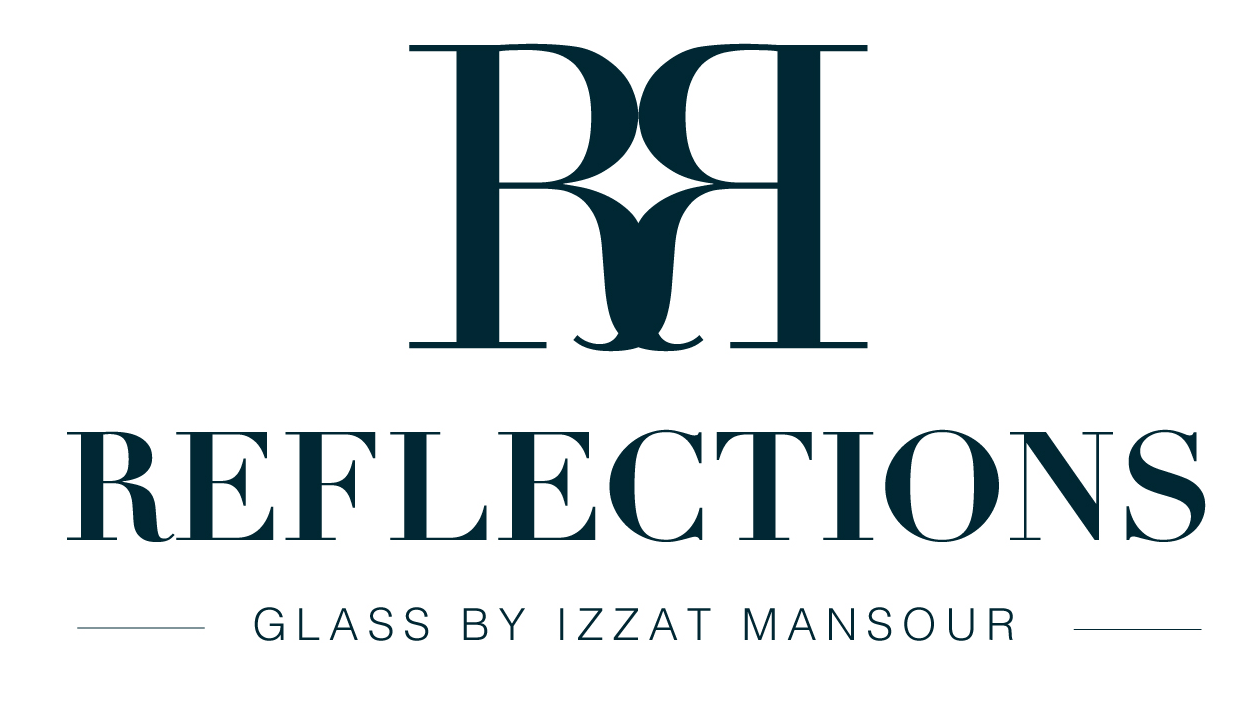Understanding Nickel Sulphide Inclusions and Spontaneous Glass Breakage
When tempered glass suddenly shatters without any visible impact or stress, the cause is often a microscopic imperfection known as a Nickel Sulphide (NiS) inclusion. Although rare, this phenomenon can lead to unexpected glass breakage — especially in facades, balustrades, and large architectural panels.
At Reflections Glass, we believe in educating our clients and partners about such technical factors to ensure safety, reliability, and informed material selection.
🔬 What Are Nickel Sulphide Inclusions?
During the production of float glass, trace amounts of nickel can combine with sulfur to form nickel sulphide particles. These inclusions are typically invisible to the naked eye and may remain dormant inside the glass even after processing.
When the glass is tempered, it undergoes rapid heating and cooling. In this process, NiS inclusions become trapped in a metastable phase — meaning they’re temporarily stable but can later expand as temperatures fluctuate over time.
⚡ How Nickel Sulphide Causes Spontaneous Breakage
As the NiS particle slowly changes to its stable phase, it expands slightly, creating internal stress within the tempered glass.
Since tempered glass already holds high internal tension and compression forces, this microscopic expansion can trigger a spontaneous fracture — even years after installation.
Key factors that increase the risk:
Large exterior glass panels exposed to sunlight and temperature changes
Glass installed in fully framed or rigid systems
Glass manufactured without advanced quality control or heat soak testing
🧯 How to Reduce the Risk
While Nickel Sulphide inclusions can’t be completely avoided, their effects can be minimized using preventive measures:
1. Understanding the Limitation of Heat Soak Testing
In some regions, including Jordan, heat soak testing (HST) facilities are not currently available.
HST is a process that reheats tempered glass to around 290°C to intentionally break panels containing NiS inclusions before installation.
Since this option isn’t locally accessible, it’s essential to focus on other quality and safety measures when selecting glass.
2. Use of Laminated Tempered Glass
For high-risk applications such as facades, balustrades, and overhead glazing, laminated tempered glass is a safer alternative.
Even if one layer breaks, the PVB interlayer holds the glass in place, preventing falling shards and maintaining safety.
3. Strict Supplier and Fabrication Controls
Choosing a reliable glass supplier is critical. At Reflections Glass, we work exclusively with certified manufacturers who maintain clean furnace conditions and rigorous raw material control to reduce contamination and NiS formation risks.
🏢 Real-World Practice at Reflections Glass
At Reflections Glass, we prioritize both safety and reliability in every project we deliver.
While heat soak testing is not available in Jordan, we take proactive steps to minimize the risk of spontaneous breakage.
Our process includes:
Working with trusted glass suppliers who follow international production standards and strict quality control.
Recommending laminated tempered glass for installations exposed to sunlight, temperature changes, or public areas.
Ensuring proper installation techniques and frame allowances to accommodate thermal expansion and reduce stress on glass panels.
Every project — from glass partitions and shower enclosures to exterior facades — is carefully reviewed to match the required safety level and performance standards.
✅ Key Takeaways
Nickel Sulphide (NiS) inclusions are rare impurities that can cause spontaneous glass breakage in tempered glass.
Heat soak testing, while effective, is not currently available in Jordan, so other safety measures must be applied.
Using laminated tempered glass and sourcing from reliable manufacturers are the most effective local solutions.
Proper design, handling, and installation help reduce stress and maintain long-term durability.

